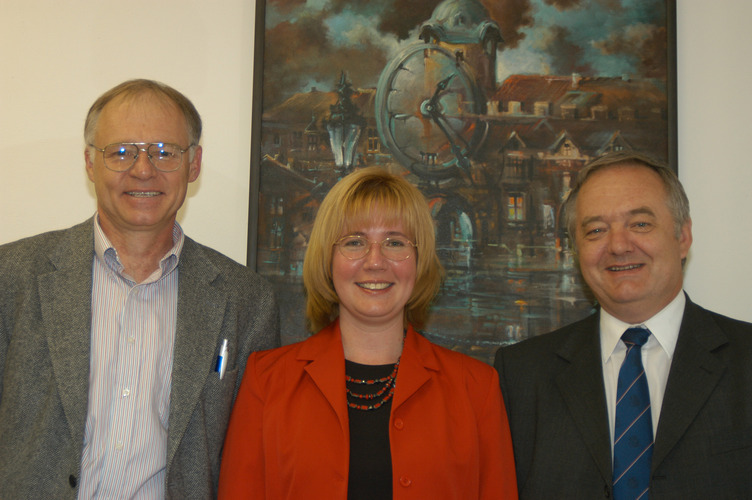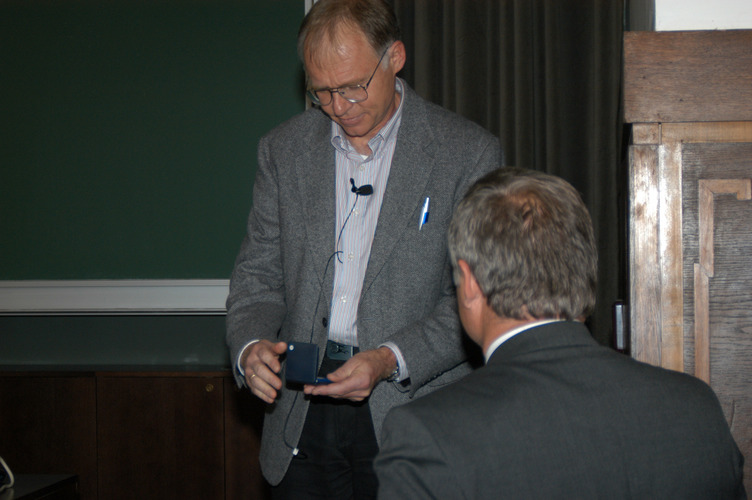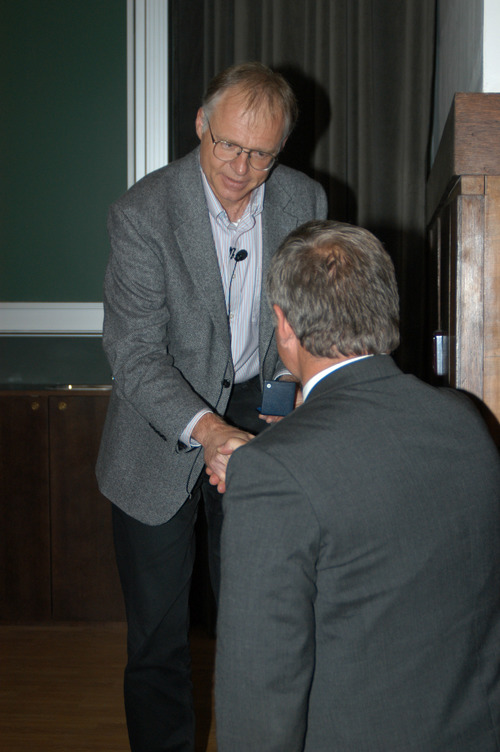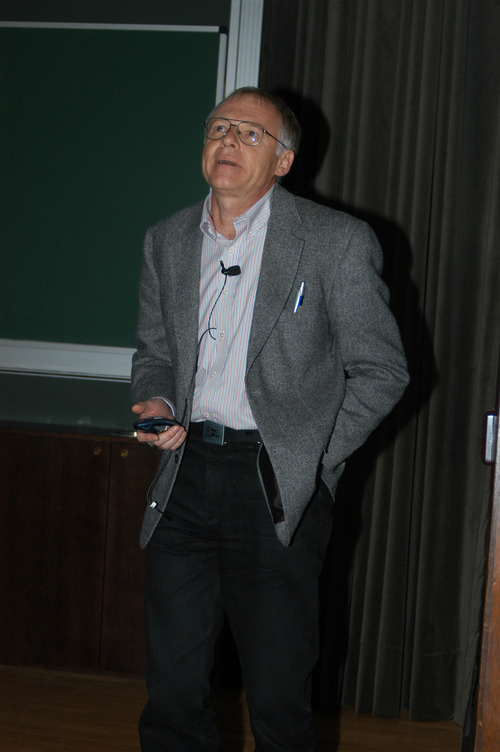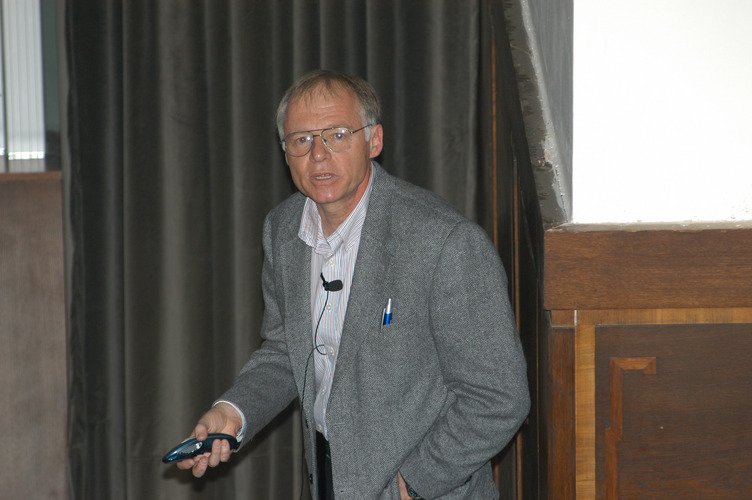
Prof. František Tureček (University of Washington, Seattle, WA, USA)
Modeling DNA and RNA Damage in the Gas Phase
Abstract
Nucleobase residues in nucleic acids are the target of high-energy particles and reactive species in the complex process of DNA damage. Amongst the several chemical pathways of DNA damage, protonation of nucleobase anion-radicals produced by electron capture (the so-called direct mechanism), and addition of hydrogen atoms produced by radiolysis of water (indirect mechanism) result in the formation of nucleobase radicals. In addition to chemical modifications in nucleobases, strand breaks occur on DNA damage that indicate degradation reactions taking place at the deoxyribose-phosphoester backbone, as well. The intermediates of such reactions are most likely short lived radicals that are very difficult to identify and characterize in solution. Our approach to highly reactive radical intermediates is to generate them in an inert medium, such the high vacuum environment inside a mass spectrometer and study their unimolecular reactions by tandem mass spectrometry.1 To generate a transient radical in the gas phase, we first prepare its charged counterpart that has the same bond connectivity. This precursor ion is accelerated to a 100,000-200,000 m/s velocity and discharged by a femtosecond collisional electron transfer to produce the radical of interest. Isotope labeling, kinetic studies, and laser photoexcitation are used to probe the electronic structure and dissociation mechanisms of transient intermediates.2 Examples will be presented of radicals derived from uracil, cytosine, adenine, carbohydrate models and a phosphate.
References
- F. Tureček: "Modeling Nucleobase Radicals in the Mass Spectrometer". J. Mass Spectrom. 1998, 33, 779-795.
- F. Tureček, "Transient Intermediates of Chemical Reactions by Neutralization-Reionization Mass Spectrometry." Top. Curr. Chem. 2003, 225, 77-129.
